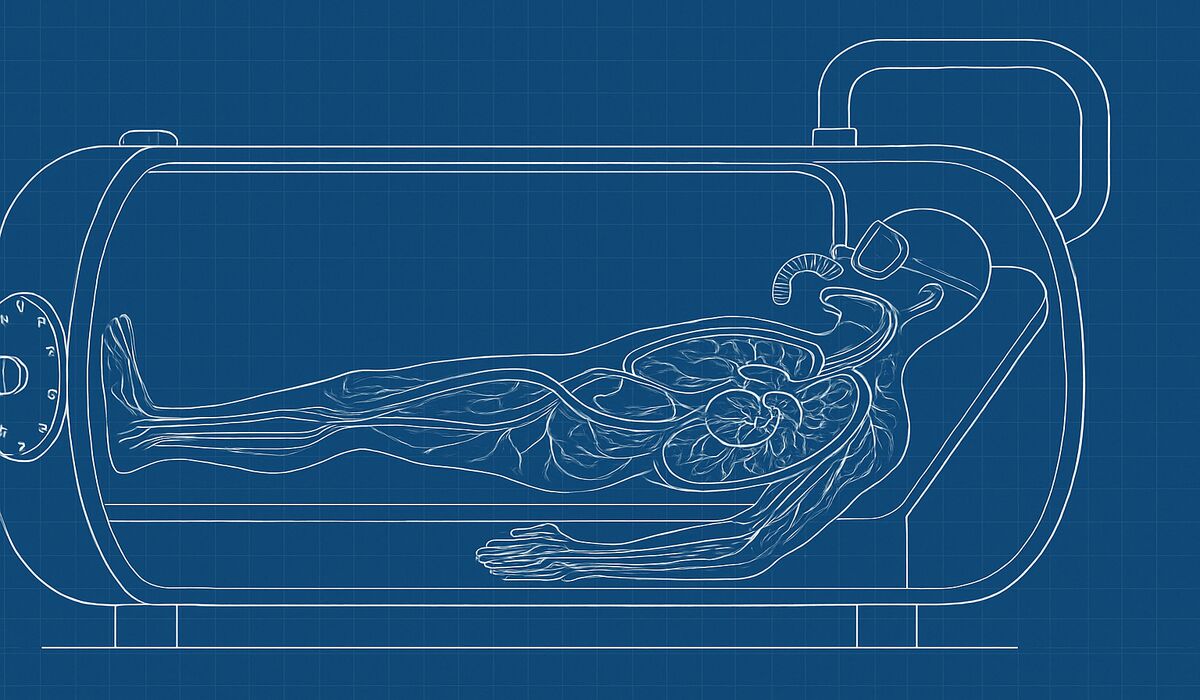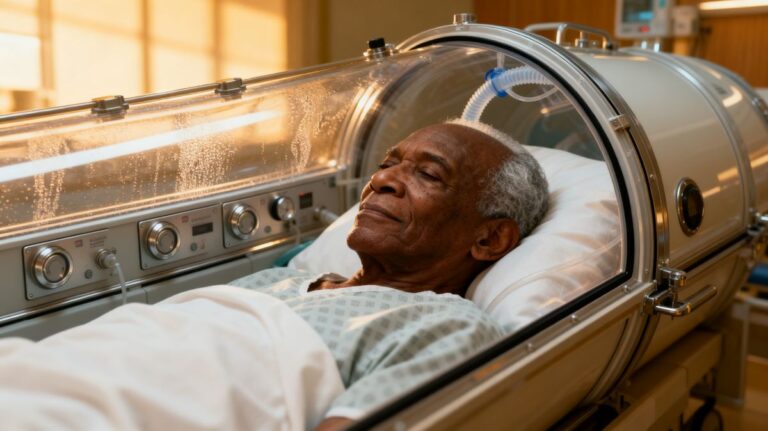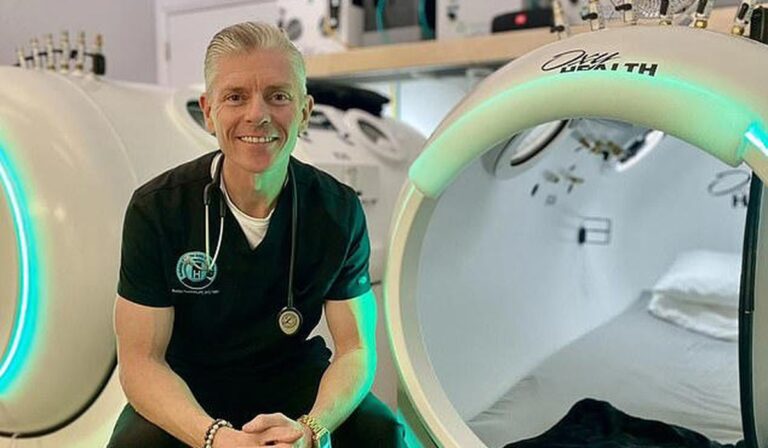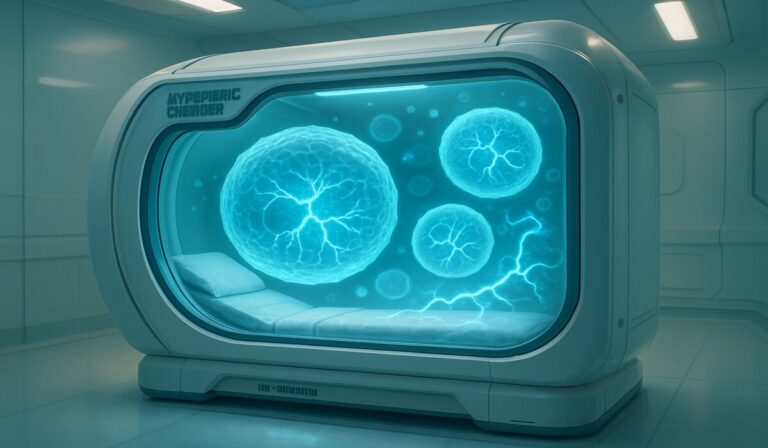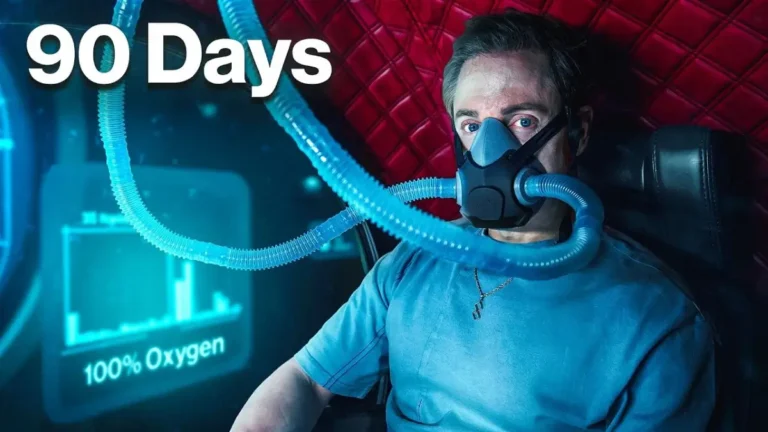- Hyperbaric oxygen therapy resolved all symptoms in a diver with severe Type II DCS.
- The patient had gas emboli in the pulmonary artery, right ventricle, and hepatic portal vein.
- Symptoms included chest tightness, dyspnea, fatigue, and joint pain post-dive.
- Treatment involved recompression, leading to discharge without complications.
- The case stresses timely hyperbaric intervention for multi-organ DCS cases.
A diver who developed severe Type II decompression sickness (DCS) with gas emboli in several organs made a full recovery through hyperbaric oxygen therapy.
The treatment shrank bubbles and restored normal function, allowing discharge without lasting effects. This outcome appears in a case report published in Frontiers in Medicine, Intensive Care Medicine and Anesthesiology section (Volume 12, 2025; doi: 10.3389/fmed.2025.1690176).
Authors Yan Wang and colleagues from Naval Medical Center in Shanghai, China, and The Second Hospital of the Navy of the Southern Theater Command in Sanya, China, detail the incident.
Dive Incident and Symptom Onset
The diver reached 19 meters depth for 120 minutes during a task involving heavy lifting. He followed the Chinese Air Diving Decompression Table, a protocol specifying ascent stops to expel inert gases and avoid bubble formation. Decompression took 45 minutes, deemed conservative by the authors.
Thirty minutes after surfacing, symptoms emerged: chest tightness, shortness of breath, dyspnea, fatigue, and pain in the left knee and thigh. These indicate Type II DCS, which impacts the cardiovascular or nervous systems, differing from Type I’s limited effects on skin or limbs.
Detection of Gas Emboli
Computed tomography (CT) scans of the chest and abdomen confirmed gas emboli—inert gas bubbles—in the pulmonary artery, right ventricle, and hepatic portal vein.
Such bubbles can trigger respiratory distress, shock, liver dysfunction, or pain, as described in the report. DCS results from pressure changes causing gas to form bubbles in tissues and blood, even after protocol use if exertion heightens risks.
Hyperbaric Oxygen Therapy Success
Hyperbaric oxygen therapy (HBOT) provided the key to recovery. This method places patients in a chamber pressurized to 2.5-3 atmospheres absolute (ATA), shrinking bubbles via Boyle’s law and enhancing oxygen delivery to tissues.
The patient underwent recompression promptly, which the authors credit for halting progression and achieving full symptom resolution.
The report notes complete recovery, with no ongoing issues upon discharge. HBOT aligns with Undersea and Hyperbaric Medical Society guidelines for DCS, typically involving 90-120 minute sessions at specified pressures, compatible with standard multiplace or monoplace chambers. No equipment versions are specified, but the therapy’s efficacy underscores its role in severe cases.
Broader Lessons on DCS Management
This case demonstrates HBOT’s reliability for Type II DCS with widespread emboli. The authors conclude: The patient recovered completely after timely recompression therapy and was discharged.
They point to DCS’s variability and the need for swift intervention, drawing from the report’s findings in Frontiers in Medicine (doi: 10.3389/fmed.2025.1690176).
The incident reinforces monitoring post-dive symptoms and accessing HBOT facilities, especially after demanding dives.
© 2025 Wang, wang, ai, chen, li and jing. This is an open-access article distributed under the terms of the Creative Commons Attribution License (CC BY).
